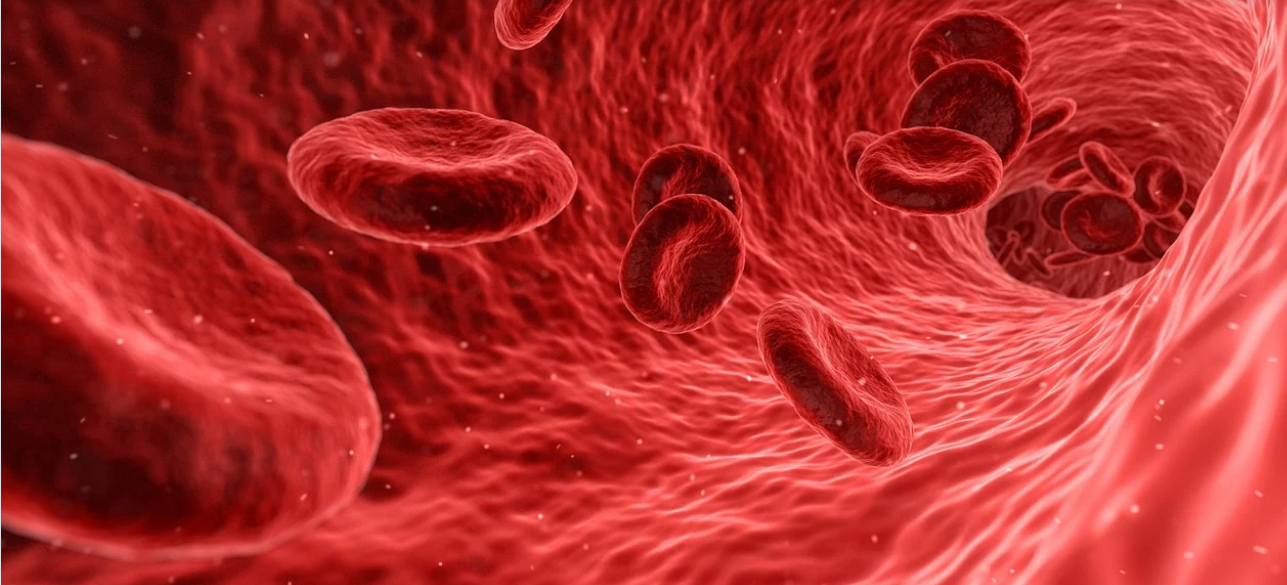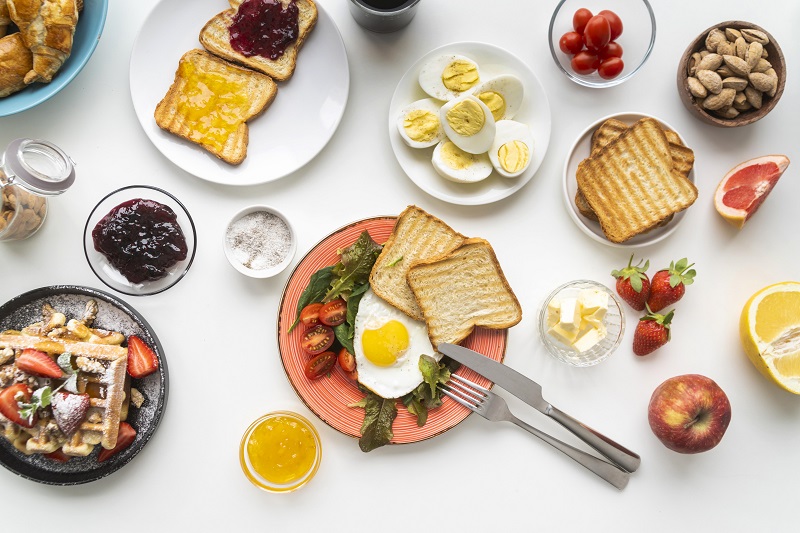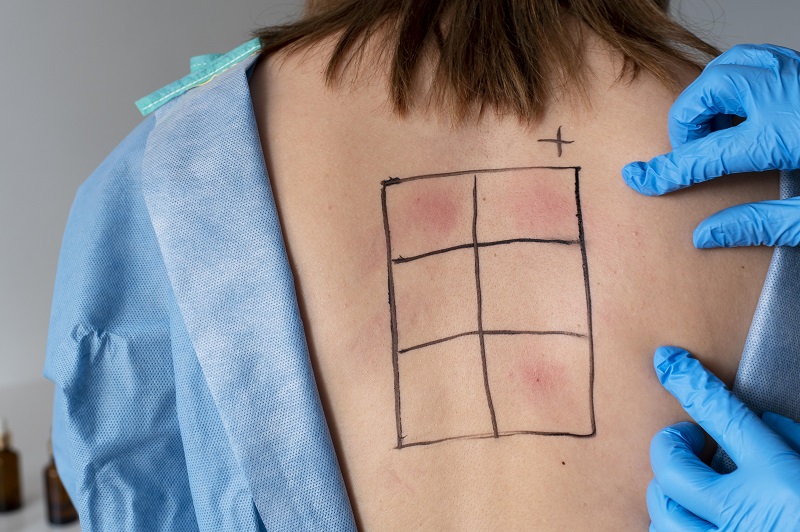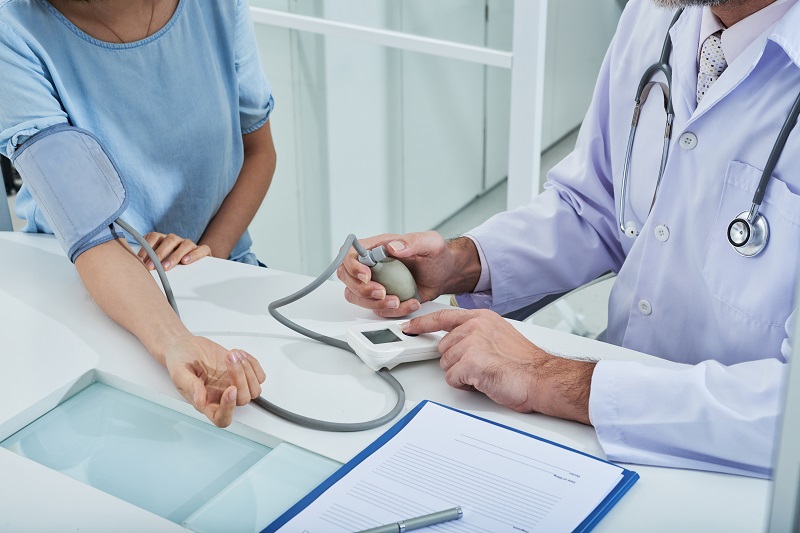Bhavna Malhotra
Consultant – Nutrition & Lifestyle
Email: bhavna.nutritionqueries@
Recently an incident reported in the Times of India of an 8-year-old girl collapsing on a flight due to cardiac failure was a shocker. Although the exact reasons for the sudden death weren’t clear, one of the findings was a very low level (2.5 gm/dl) of Haemoglobin (TOI, 2021). How many of us are aware that the airlines have a protocol of not flying passengers with a haemoglobin level lower than 8-10 gm/ dl without assisted oxygen supply? This is because a low haemoglobin level leads to lowered oxygen supply to the tissues. When combined with hypoxia of altitude, it can lead to lowered oxygen supply to end organs, leading to chest pain, shortness of breath and lightheadedness. A low haemoglobin (Hb) level is called ‘anemia’ in medical terms.
What is anemia, and what are the symptoms and reasons for this condition?
Anemia is a condition in which there is a lack of healthy red blood cells (RBC) to carry enough oxygen to different tissues of the body. This leads to reduced oxygen flow to the organs. Normal Hb levels are 12.1 to 15.1 gm/ dl for females and between 13.8 to 17.2 gm/dl for males. The risk of anaemia increases during certain life stages like pregnancy. Women of menstruating age and the elderly population are also at a higher risk of anaemia.
Common symptoms of anemia are:
-
Fatigue
-
Weakness
-
Pale or yellowish skin
-
Irregular heartbeats
-
Shortness of breath
-
Dizziness or lightheadedness
-
Chest pain
-
Cold hands and feet
-
Headaches
There can be many reasons for the Hb levels to fall. It could be because your body is producing less red blood cells (RBC), or you are losing RBC faster than your body can replace due to some bleeding or your body is destroying the RBC. So, the root cause has to be diagnosed for the correct treatment. There are many different types of anemias, and each one has another cause. Nutritional deficiencies, certain chronic diseases like rheumatoid arthritis/ Crohn’s disease/ thyroid disorders can lead to anaemia. Diseases like kidney diseases, HIV, cancer can also lead to anaemia. However, the most common ones are ‘iron-deficiency anaemia’ and ‘pernicious anemia caused by a deficiency of Vit B12 and folate’. Since these are nutritional deficiency anaemias, they can easily be prevented by having a diet rich in iron, Vit B12 and folate. So, what can we include in our daily diet to avoid nutritional anaemias:
Iron: Chicken, eggs, meat, organ meats, green leafy vegetables like spinach/ dill leaves/ fenugreek etc., legumes (more than pulses), garden cress seeds, dates, black raisins etc. Iron from non-veg (heme iron) is better absorbed than non-heme iron coming from vegetarian sources. You can improve the absorption from vegetarian sources by adding Vit C to your diet. The easiest way is to squeeze some lime on your vegetables/ dals/ salads just before consumption. Cooking in iron vessels is another way of increasing the iron content of your meals.
Vit B12: Animal products – chicken, fish, mutton, eggs, dairy. Fermented foods like miso, tempeh or our traditional idli/dosa/ pickles provide some amount of this vitamin too.
Folate: Dark green leafy vegetables, legumes and pulses, fruits like mango/ guava/ pomegranate/ papaya, nuts, and seeds are a good source of folate.
At times the problem lies not in the intake of these nutrients but in the absorption. In such a scenario, a supplement has to be taken in addition to a good diet.
So next time you take a deep breath to make oxygen reach every cell of your body, ensure there is enough haemoglobin to carry it around. Let your body breathe in the real sense of the word!
References
TOI. (2021). https://timesofindia.







